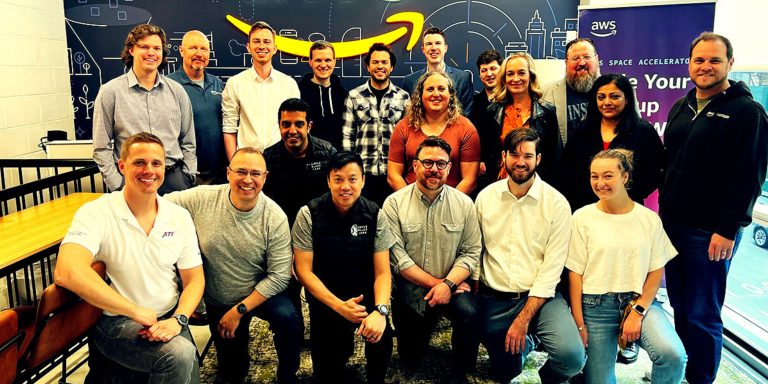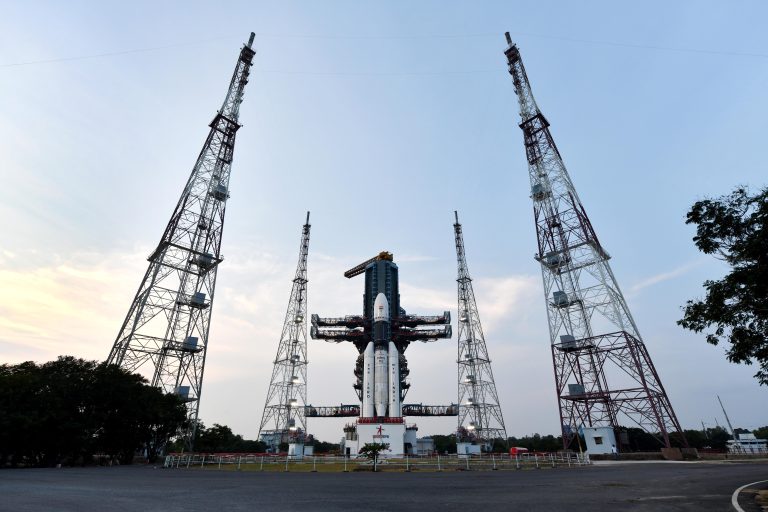|
Listen to this story
|
We can never completely explore space, but the strides to explore it more and more keep increasing every year. Since the first space mission in 1961, emerging technologies have enabled researchers to dive deeper—or rise higher—into space. It has also become the most funded and research-centric sector in the world.
In 2022, we saw the use of AI in space missions, technologies to remove space debris, increasing number of startups, enhanced observatories and image capturing power along with efforts for sustainability.
Let’s look at some of the trends of the space tech industry that will continue to grow and others that will dominate the industry!
Increased Use of AI
Rovers and robots sent to space already possess some amount of artificial intelligence for manoeuvring and AI is already being used in the space industry to analyse data and make decisions—a trend that is likely to continue in 2023. AI could be used to optimise the trajectory of a rocket or to analyse data from scientific experiments on board the satellites using AI on Edge.
The trend of using AI in space missions started when Google partnered with NASA’s Frontier Development Lab in 2020 for upscaling low resolution images. Though the only trend of using AI for space tech has been to use machine learning to analyse the massive amounts of data that is received from the satellite, the concept of using it in missions is still in nascent stages.
In April 2022, Palantir and Satellogic launched one of the first missions of building an Edge-AI-enabled satellite by partnering with SpaceX for their Transporter 4 mission. This enabled Satellogic’s NewSat to utilise Palantir’s Edge AI technology to process image data on orbit, reducing latency for faster inference, bandwidth optimisation.
Orbital Debris Removal
With so many space missions and satellites getting launched routinely, a lot of debris does not come back, thereby clogging up the space. This has led to concerned talks about space sustainability. Earlier in March, NASA reported in their Orbital Debris Quarterly News a total of 25,182 space objects, including spacecraft and used rocket bodies. India accounts for 217 of these, which includes 114 space debris objects.
NASA has been addressing the space sustainability issue for a very long time now and India’s ISRO is also not far behind. NASA designed the Active Debris Removal Vehicle (ADRV) to clean up the space and is also funding projects for the same. ISRO is also launching and funding projects to remove the debris from the low earth orbit (LEO). Bengaluru-headquartered Digantara Research and Technologies is also building a space situational awareness (SSA) observatory in Uttarakhand for the monitoring waste in LEO and GEO.
Read More: It’s Time for ‘Swachh Antariksh Abhiyan’
Commercialisation of Space and Private Space Companies
As the cost of launching rockets and satellites continues to decline, we are likely to see more and more private companies entering the space industry. This trend is already well underway, with companies like SpaceX, Blue Origin, and Virgin Galactic making significant strides in the development of reusable rockets and space tourism.
Introduction of new satellites that are cheaper to launch and can be used for a wide range of applications, including communication (like Starlink) , earth observation, and scientific research, will make space available for everyone eventually.
Since SpaceX paved the way for private companies to start their own projects into space, India’s space sector is also witnessing an emergence of private players. The launch of the Vikram-S rocket by Hyderabad-based Skyroot Aerospace effectively marked the beginning of privatisation of the space industry in India with other startups like Bellatrix Aerospace and Digantara Research and Technologies also building for space.
Geospatial Monitoring and Earth-Related Cases
With the raging discussions about climate change and achieving SDGs, the improvements in space technology have been garnering significant attention towards ways in which it can help in sustainability on Earth. Space sustainability is indubitably one of the aspects, but as the demand for renewable energy grows, we are witnessing the development of space-based solar power plants, which could potentially provide an abundant supply of clean energy on earth.
Though, in November, Martin Soltau from Space Energy Initiative (SEI) said that harvesting solar energy in space seems like a far-fetched idea and might become true by 2035, on January 2, 2023, Caltech Space Solar Project (SSPP) announced that they are launching their mission for harvesting solar power in space and beaming it back to earth.
The Air Force Research Laboratory (AFRL) of the U.S. is working on critical technology projects that are needed for developing such systems in a project called Space Solar Power Incremental Demonstrations and Research (SSPIDR).
Rise of Great Observatories
When the James Webb Space Telescope was launched in December 2021, it was a much awaited day for all the astronomers. Now, the highly-anticipated Nancy Grace Roman Space Telescope, a wide field near-infrared telescope, is not geared with the ultraviolet coverage of the three-decade running Hubble Space Telescope.
In 2023, NASA is planning to launch TOLIMAN, a space observatory in the LEO for monitoring the astronomical neighbourhood. China’s CNSA is launching another one in LEO called Xuntian with a field of view 300 times larger than Hubble Space Telescope. And the list for the upcoming observatories goes on and on.
All the mentioned aspects like the use of AI, space missions, and orbital debris removal rely heavily on the development of observatories on Earth and the recent trends clearly indicate that notable efforts are underway.



















































































